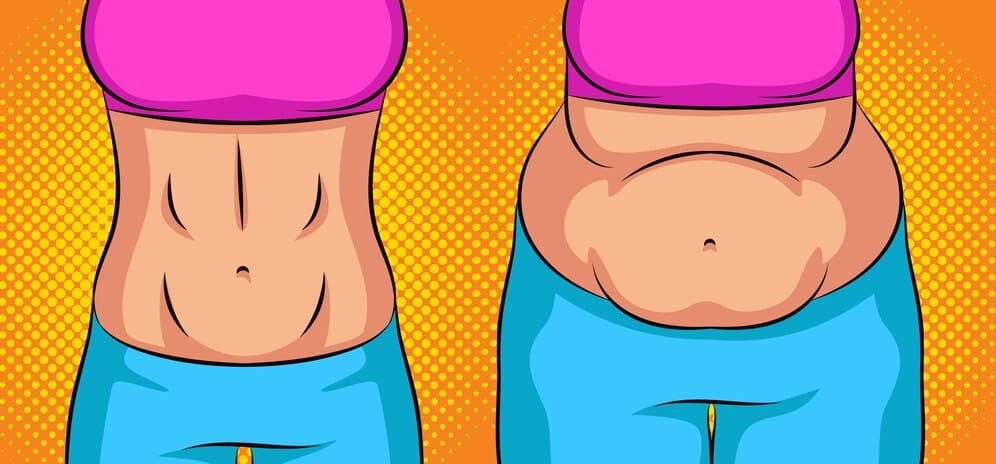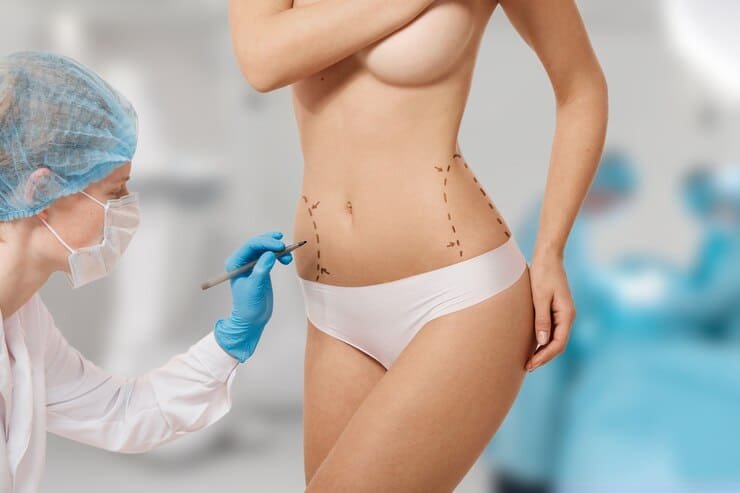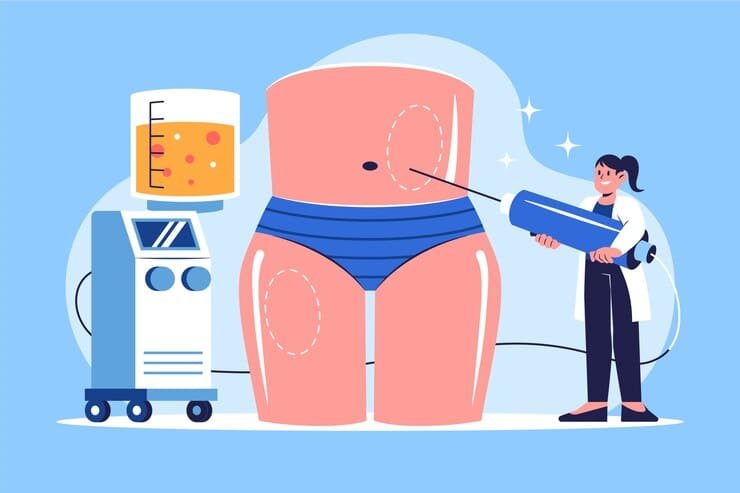
Apron Belly occurs when the belly and the fat surrounding the internal organs expand due to weight gain, and it can even occur during pregnancy. When you face the problem of the Apron Belly, you feel to get the support of Sweatpants or even sweatshirts to hide it, but you must understand that it is never gonna go anywhere;
it is a sign of more serious health complications for which you need to have to care of yourself. This article will discuss ways to prevent the Apron Belly after pregnancy.

The Apron Belly is also known as the panniculus, which refers to the excess skin and fat that brings excess skin and fat that hangs over the lower abdomen. Most women experience this condition right after pregnancy due to weight gain and skin stretching. You can aid in your body’s healing and regain your confidence with the correct information and attention. Leading body contouring specialist Dr. Ashish Khare is committed to offering tailored guidance on having a smooth and toned abdomen following pregnancy. Let’s look at ways to avoid and treat apron belly.
Furthermore, an Apron Belly can only occur in women or overweight people. It does increase the risk of certain diseases, like cancer and heart disease. The muscles and skin of the abdomen stretch during pregnancy due to the increasing pressure of the baby. This stretching can cause loose skin and, in certain situations, diastasis recti, a separation of the abdominal muscles. An apron belly may result from the muscles and skin not returning to their natural posture after childbirth.

The apron belly is generally associated with post pregnancy. Still, the pointers mentioned below will help you know how to prevent loose skin during pregnancy.

Post-pregnancy, reducing an apron belly can be achieved through non-surgical methods. Breastfeeding can help with weight loss and reduce abdominal fat, while core strengthening exercises like pelvic tilts, planks, and bridges can tighten and tone abdominal muscles.
Consult with Dr. Ashish Khare before starting intense core exercises, especially if you have diastasis recti. A tummy tuck (abdominoplasty) may be a good option for women with significant sagging skin after pregnancy.
Maintaining a healthy diet and regular exercise routine is essential to prevent further weight gain and encourage the reduction of belly fat. Focus on whole foods, lean proteins, and healthy fats, and avoid processed foods, sugary snacks, and excessive calorie intake.
With patience and consistency, you can regain confidence in your body and reduce the appearance of an apron belly.
The apron belly, or panniculus, is a condition in which the belly and the organs expand due to weight gain during pregnancy. It can indicate serious health issues and is common in overweight women. To prevent it, maintain a healthy weight, exercise regularly, and support your mother’s apron belly through diet, exercise, and yoga. Non-surgical methods include core strengthening, breastfeeding, and abdominoplasty. Maintain a healthy diet and exercise routine to reduce belly fat
Yes, apron belly can be reduced through diet, exercise, and surgical options like tummy tuck or liposuction for permanent removal.
Combining strength training, cardio, a healthy diet, and medical procedures like abdominoplasty can help eliminate a hanging belly.
FUPA is excess fat above the pubic area, while an apron belly hangs over the waist due to significant weight gain or pregnancy.
Yes, apron belly increases health risks like diabetes, heart disease, and back pain due to excess visceral and subcutaneous fat accumulation.
Hormonal imbalances, poor diet, stress, and lack of exercise can cause belly fat, even in individuals with an otherwise slim body.
Trustindex verifies that the original source of the review is Google. Life-changing! Kalosa isn't just a clinic, it's a hair miracle studio! Dr. Ashish gave me back my confidence, and more importantly, my hairline! My receding hairline was a constant source of frustration, but after Dr. Ashish's magic touch, my front is as full and natural as my teenage years. Seriously, I look like I could be in a Bollywood film now (not exaggerating)! From the initial consultation to the final reveal, everything was professional, smooth, and pain-free. If you're even considering a hair transplant, go straight to Kalosa and ask for Dr. Ashish. You won't regret it!Trustindex verifies that the original source of the review is Google. Worst, disastrous experience, I am even thinking to sue himTrustindex verifies that the original source of the review is Google. Best clinic for hair transplant in gurgaon.Trustindex verifies that the original source of the review is Google. I was suffering from severe hair fall and very much tensed about this condition . I met Dr Khare at kalosa clinics and he guided me and explained the benefits of the procedure . I underwent four sessions of PRP with GCF and im relieved and satisfied ... Thanks Kalosa and Dr Khare .Trustindex verifies that the original source of the review is Google. Best and cost effective hair transplant clinic in Gurgaon.Trustindex verifies that the original source of the review is Google. I undergone my hair tranplant @ kalosa clinics by Dr Ashish khare . I was having grade 4 Baldness. 3500 grafts were transplanted by fue method . After six months now im fully satisfied by the results .Thanks to Dr Khare and Kalosa clinics for my transformation . I highly recommend Kalosa clinics for any hair transplant and cosmetic surgery procedures .Trustindex verifies that the original source of the review is Google. Dr. Ashish khare is the best plastic suergon in Gurugaon. I was suffering from gynecomastia since two years and having so much pain for long time. Than i had talk with Dr. Khare and he refferd me for surgery. I am so happy with my results and thnq so much to Kalosa team for your great co - ordination.Load more